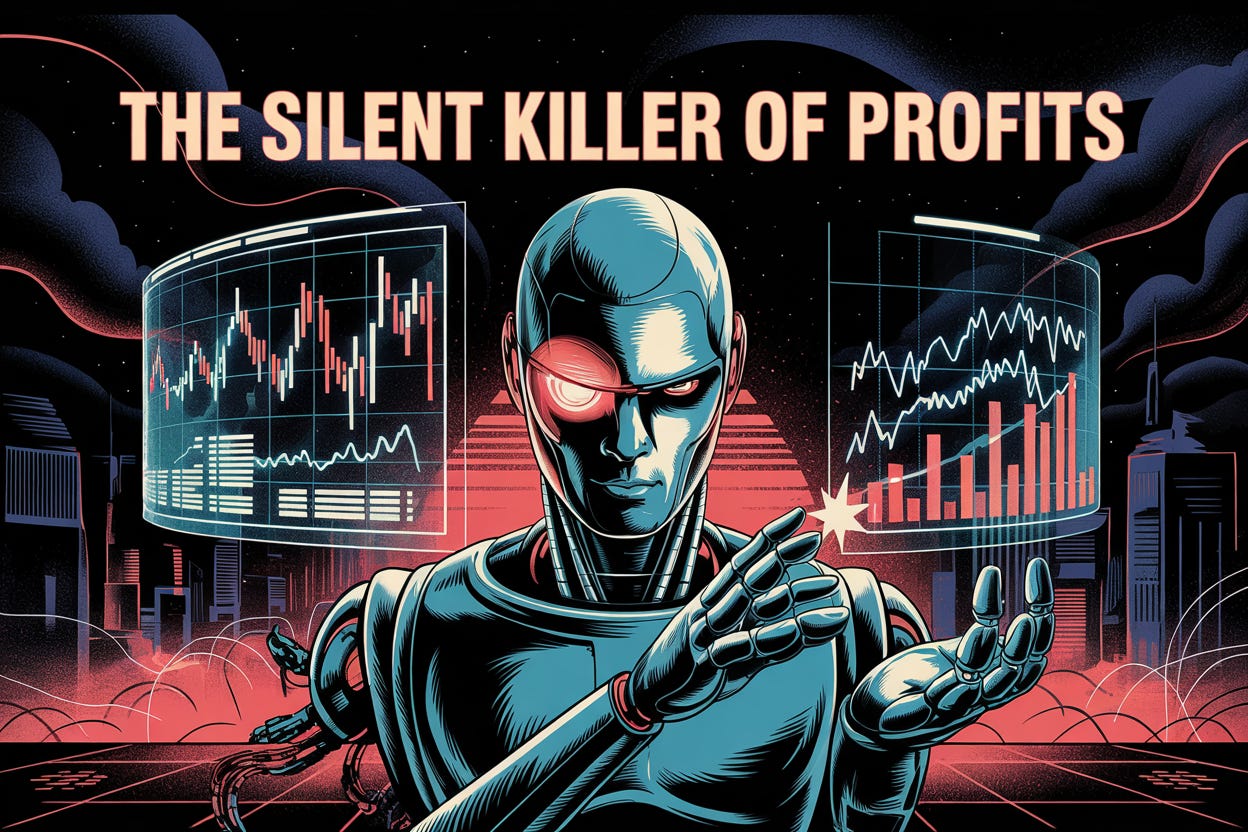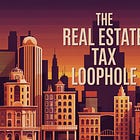How Passive Income Rules Sabotage LLC Owners
Why the IRS is Denying Your Deductions—and 3 Proven Strategies to Reclaim Them in 2025
Hello Friends!
Entrepreneurs love LLCs for their flexibility, liability protection, and potential tax advantages. Yet over 90% of LLC owners overlook a silent profit killer: IRS Section 469. The numbers don’t lie: in 2023, the IRS disallowed $12.3 billion in passive loss claims. Worse, audits driven by AI-powered data analysis will increase by 22% in 2025. If you’re not prepared, your hard-won deductions could vanish—fast.
Below, we’ll explain why Section 469 is hitting entrepreneurs harder than ever, why 2025 will be a pivotal year, and three bulletproof strategies to ensure you’re not the next LLC owner blindsided by the IRS.
The IRS’s Passive Income Trap—and Why 2025 Changes Matter
IRS Section 469 divides income into “passive” or “active.” The costliest twist? Passive losses generally can’t offset active or non-passive income wages, business revenue, or dividends. For LLC owners, that often means:
Rental “side hustles” (including long-term rentals or short-term platforms like Airbnb) risk being labeled passive.
Losses from one project can’t shield profits from another unless both are passive.
With the top tax bracket potentially returning to 39.6% in 2025, disallowed deductions sting even more.
Material Participation: The Make-or-Break Hurdle
The IRS uses seven tests for “material participation,” but the two most common are:
500+ hours in the business annually.
Substantially all day-to-day involvement (you’re essentially the only one working in the LLC).
Fail these tests, and you’ll have passive losses stuck in limbo—losses that can’t reduce your high-bracket income. An LLC owner in the 24% bracket could lose $37k+ in potential tax savings from a $150k disallowed loss, while those in higher brackets face an even bigger hit.
How a Tech Founder Lost $52,000 to Section 469
Sarah, a successful SaaS entrepreneur, decided to diversify by investing $200k in a rental property LLC. Despite her best efforts, she managed only 300 hours of active management per year, below the 500-hour threshold.
$80k rental loss classified as passive.
Could not apply that $80k against her $300k in active SaaS income.
$52k in combined federal (24%) and state (9.3%) taxes she could have saved—lost to the passive income trap.
Moral of the story: If you don’t pass the material participation tests—or find another way to reclassify those losses—expect to write a bigger check to Uncle Sam.
3 IRS-Proof Strategies to Reclassify Passive Income in 2025
1. The Grouping Election
Bundle multiple LLCs/ventures into one “activity” to hit 500 hours across all of them.
Example: You own an e-commerce store (200 hours) and a marketing agency (400 hours). Separately, each might be under the magic 500-hour threshold, but you log 600 total hours grouped together.
Data Point: According to the 2023 IRS Compliance Report, properly documented grouping elections reduce audit risk by 34%, mainly because it shows you’ve proactively aligned with the rules.
2. Become a Real Estate Professional (REP)
If real estate is a significant component of your LLC portfolio, you can classify it as a REP to deduct unlimited real estate losses against non-passive income.
Requirements:
750+ hours/year in real estate activities.
Spend more time in real estate than any other job (i.e., your primary occupation).
2025 Twist: The IRS is cross-checking state business licenses, payroll, and digital logs to confirm the legitimacy of REP claims. Prepare airtight documentation.
3. Convert to Short-Term Rentals (STRs)
Short-term rentals—where stays average 7 days or less—may qualify as non-passive if you prove “significant personal involvement.” Often, 100+ hours of active management can do the trick.
Real-World Example: A Miami STR owner generating $120k in rental revenue showed $45k in losses from property improvements and depreciation. By hitting 100 hours of personal management, she unlocked those deductions against her high-earning consulting income, saving $16,200 (in combined federal and state taxes).
2025 Updates You Can’t Ignore
AI-Driven Enforcement
The IRS’s enhanced algorithms compare your Schedule E (passive) with Schedule C (active) and K-1 filings. Red flags (like large, repeated passive losses) could trigger an audit.
State-Level Regulation
California passed AB 259, cracking down on potential “grouping abuse” with stricter documentation. Expect other states to follow suit, tightening the noose around loose or unsubstantiated claims.
TCJA Sunset Provisions
Section 199A (the 20% pass-through deduction) phases out for some high-income earners post-2025. Combining that with passive losses can create a double-whammy: fewer total deductions if you don’t classify or structure your LLC activities correctly.
Risk vs. Reward: Strategy Comparison
Action Plan: Protect Your Profits Now
Maintain Bulletproof Time Logs
Apps like TSheets, Harvest, or even a detailed Google Sheet are acceptable in audits. Vague or backdated logs can undermine your case.
File Form 3115 (Method Change) for Grouping
Make sure to elect grouping properly before an audit. The IRS rarely allows retroactive grouping once you’re under examination.
Leverage Professional Advice
A 2024 Tax Court study found that 72% of real estate professional audits ended with penalties due to inadequate or missing documentation. Hiring a specialized tax CPA or attorney is an investment that can save you tens of thousands down the road.
Bottom Line: Passive income rules might feel like an impenetrable wall, but they’re navigable with the right strategy. As 2025 ushers in stricter enforcement and sunsetting tax benefits, proactively restructuring your LLC activities can spell the difference between tens of thousands in savings and a painful IRS bill. Document your hours, leverage the code to your advantage, and don’t wait until it’s too late—act now to protect your profits.
Thanks for reading!
~ Max







